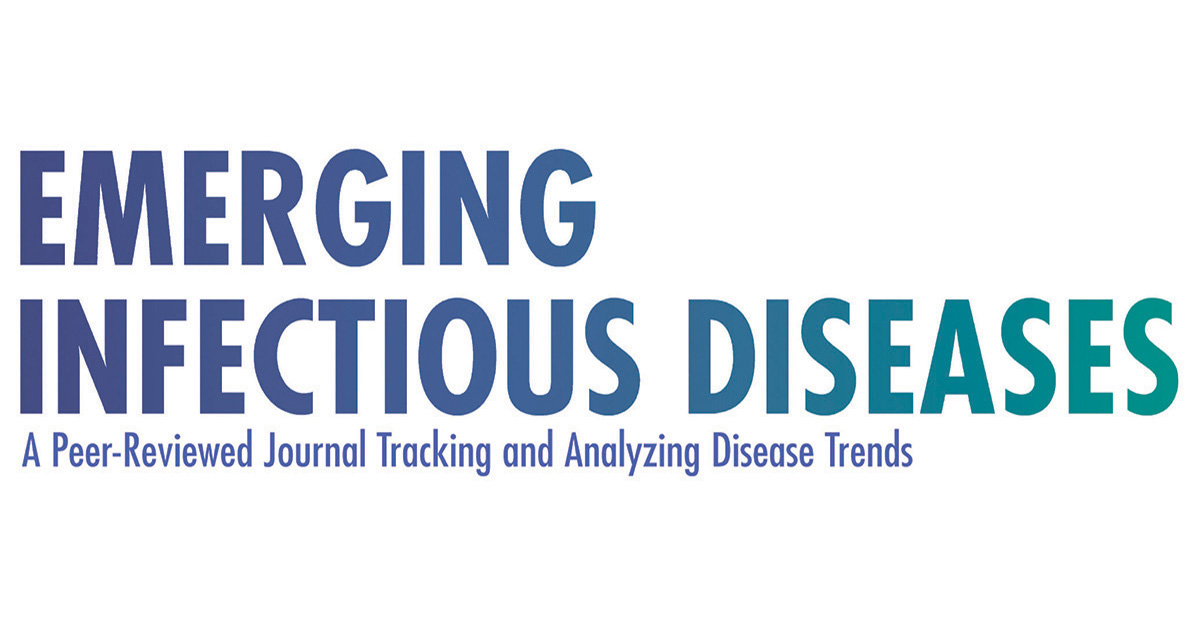mask-study from EID
280 adults from 143 families in Sydney 2006/7
Britain plans to buy 350M surgical masks
"We estimate that the reduction in risk of catching a respiratory infection for an adult caring for a sick child, when they adhere to mask use, is between 60 and 80 per cent. Whether the risk would be reduced by the same margin in another setting or where there was more than one source of potential infection requires further investigation."
http://www.inthenews.co.uk/news/autocodes/countries/australia/face-masks-can-protect-against-flu-$1263649.htm
I couldn't easily find it at EID
what were the results ? What sort of masks ?
why do they say that ritain plans to buy 350M surgical masks ?
Do they recomment surgical masks now ?
280 adults from 143 families in Sydney 2006/7
Britain plans to buy 350M surgical masks
"We estimate that the reduction in risk of catching a respiratory infection for an adult caring for a sick child, when they adhere to mask use, is between 60 and 80 per cent. Whether the risk would be reduced by the same margin in another setting or where there was more than one source of potential infection requires further investigation."
http://www.inthenews.co.uk/news/autocodes/countries/australia/face-masks-can-protect-against-flu-$1263649.htm
I couldn't easily find it at EID
what were the results ? What sort of masks ?
why do they say that ritain plans to buy 350M surgical masks ?
Do they recomment surgical masks now ?


Comment